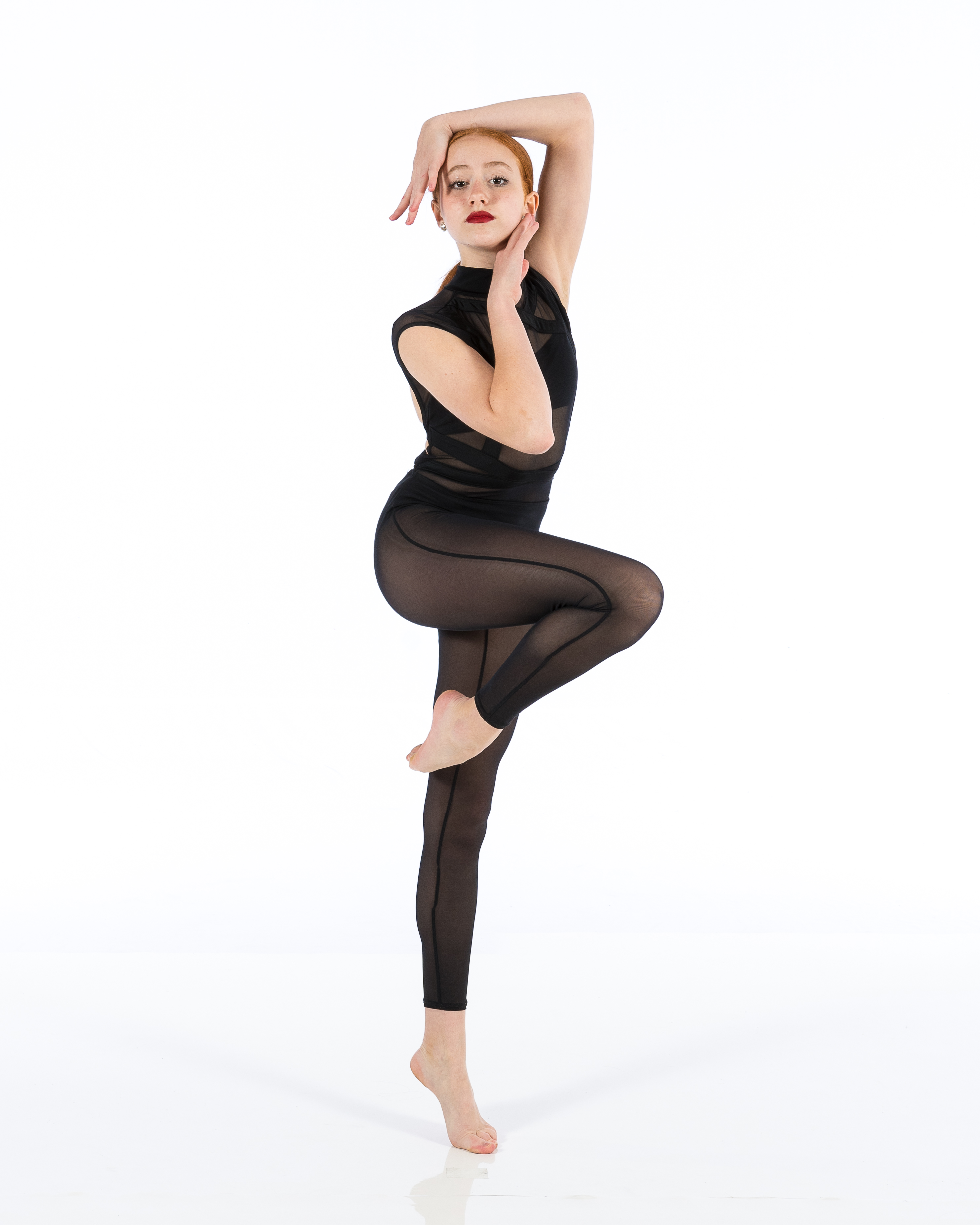Introduction
In an age where mental health is finally receiving the attention it deserves, communities are constantly searching for effective ways to promote well-being and resilience. One standout option that has often been overlooked is the establishment of dance studios within neighborhoods. Dance is not just an art form; it’s a therapeutic avenue that can help individuals cope with stress, anxiety, and various mental health issues. In this article, we will explore why every community should consider having a dance studio as part of its mental health strategy.
Mental Health Matters: Why Every Community Needs a Dance Studio
When we talk about mental health, it's essential to understand that it encompasses emotional, psychological, and social well-being. It affects how we think, feel, and act. The role of dance studios in enhancing mental health cannot be overstated; they offer a unique blend of physical activity, social interaction, and creative expression.
Engaging in dance provides both immediate and long-term benefits for mental health. When people dance, they release endorphins—often referred to as “feel-good hormones.” This natural high can alleviate feelings of depression and anxiety while boosting overall mood.
The Therapeutic Benefits of Dance
Physical Exercise and Mental Well-Being
Dance involves structured physical activity that has been scientifically proven to improve mental health. According to research conducted by the American Psychological Association, exercise releases chemicals in the brain that make you feel happier and more relaxed.
Endorphin Release: Dancing elevates mood through the release of endorphins. Stress Reduction: Regular movement can help reduce cortisol levels—known as the stress hormone. Improved Sleep: Physical activity contributes to better sleep patterns.Social Connectivity through Dance
One critical aspect of mental health is social interaction. Dance studios serve as communal spaces that foster friendships and connections.
Building Relationships: Participants often bond over shared experiences. Community Support: A dance studio can become a support network for individuals dealing with similar challenges. Group Classes: Collective classes can boost camaraderie and diminish feelings of isolation.
Creative Expression as Therapy
Dance allows individuals to express themselves creatively, serving as an outlet for emotions often hard to articulate verbally.
Emotional Release: Dance provides a safe space to showcase feelings. Artistic Exploration: Experimenting with different styles fosters personal growth. Mindfulness Practice: Engaging in dance encourages being present in the moment.Dance Studios as Safe Spaces
Creating Inclusive Environments
Every community will benefit from a dance studio that promotes inclusivity regardless of age or skill level.

Addressing Stigma Around Mental Health
A dedicated space such as a dance studio helps normalize conversations around mental health issues.
Workshops on Awareness: Hosting workshops on mental wellness alongside dance classes reinforces understanding. Guest Speakers: Inviting experts can inform the community about available resources. Collaborative Events: Partnering with local organizations can strengthen community ties focused on mental health advocacy.Economic Impact of Dance Studios on Communities
Job Creation via Dance Studios
Opening a dance studio creates job opportunities for instructors, administrative staff, and support personnel.
Employment Opportunities: Local residents gain employment within their community. Training Programs for Instructors: Offering training programs encourages skill development among potential instructors. Local Economic Boost: Increased foot traffic results in economic stimulation for surrounding businesses.Increased Property Values Through Cultural Engagement
Having a vibrant arts scene—including dance studios—can enhance property values in a community.
Attractive Neighborhoods: Arts-centric areas draw families looking for engaging environments. Gentrification Risks & Benefits: While revitalizing areas may increase costs for current residents, it also brings investment back into the community’s infrastructure. Community Pride: A dynamic creative scene fosters pride among residents, encouraging them to invest back into their neighborhoods.FAQ Section
1. What types of dance styles are typically offered in a community dance studio?
Most community dance studios offer various styles ranging from ballet, hip-hop, contemporary, jazz, ballroom dancing, salsa, and even specialized forms like therapeutic or adaptive dancing designed for those with disabilities or unique needs.
2. How do I choose the right class at a local dance studio?
Consider your interests (e.g., wanting something fun vs something more structured), your fitness level (beginner vs advanced), and any specific goals you have (socialization vs fitness). Many studios allow trial classes so you can find what resonates best with you before committing fully!
3. Can adults benefit from taking classes at a dance studio?
Absolutely! Adult dancers often report improved mood regulation and enhanced physical fitness alongside social benefits from meeting new people who share similar interests!
4. Are there any costs associated with joining a community dance studio?
Costs vary significantly based on location but typically include ballet dance for beginners class fees or membership options which might offer discounts when purchasing multiple lessons upfront versus drop-in rates per session attended!
5 . How does participating in group activities like dancing help combat loneliness?
Participating in group activities like dancing fosters connection through shared experiences while providing opportunities for engagement outside traditional social spheres—helping combat loneliness effectively!
6 . What if someone feels self-conscious about their dancing skills?
Feeling self-conscious is common! Many studios emphasize fun over technical perfection; fostering an accepting environment where everyone feels encouraged—no matter their skill level—is crucial!
Conclusion
In conclusion, the need for every community to have accessible dance studios transcends mere entertainment; they play an essential role in promoting positive mental health outcomes by offering avenues for exercise, creativity, social interaction—and ultimately serving as safe spaces where individuals can thrive emotionally! If communities prioritize building these inclusive environments centered around movement artistry—everyone stands to gain significantly from improved well-being collectively!
This article aims at not only emphasizing why "Mental Health Matters" but also illustrating how integrating artistic endeavors like dancing into our daily lives could reshape societal perceptions surrounding wellness while opening doors toward healthier lifestyles—we just need more communities willing to embrace change through establishing vibrant local venues such as dedicated dance studios!